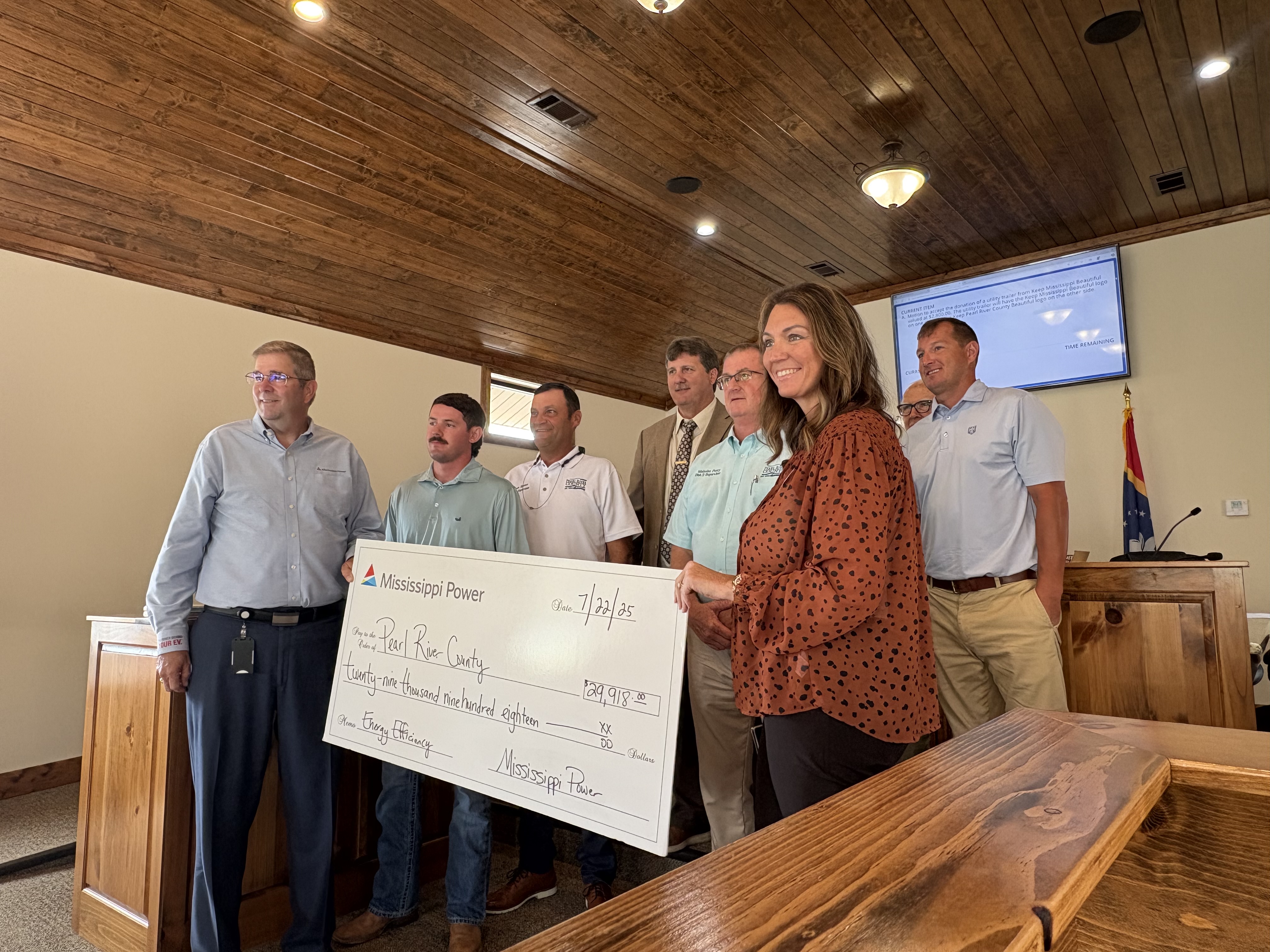Hurricane Camille’s impacts on Pearl River County
Published 7:00 am Saturday, July 27, 2019
By Skip Rigney
When Hurricane Camille hit the Mississippi Gulf Coast 50 years ago on August 17, the beach fronts of Pass Christian and Long Beach were practically obliterated by the combined power of water and wind. Mind-boggling damage extended across Bay St. Louis, Waveland, Gulfport, and Biloxi.
The storm surge in Pass Christian was 24 feet, a U.S. record that would stand for 36 years until broken in almost the same spot by Hurricane Katrina. Of the 141 people who died in Mississippi’s three coastal counties, approximately 90 died in Pass Christian.
Trending
Although the storm surge was confined to near the coast, and its adjacent streams and bayous, Camille’s high winds wreaked havoc far inland. This was certainly true as the eyewall moved through Pearl River County. In the weeks following the hurricane, the Picayune Item reported on the local impacts. Some of the most severe damage was to agriculture and timber. Ray Fowler was County Agent at the time and estimated that the permanent loss to the county’s timber was nearly $10 million, which would be $70 million in today’s dollars.
The Picayune Item also reported, “The pecan crop was entirely destroyed and many of the great pecan trees, thirty to fifty years old, were destroyed.”
There were many more dairy farms in Pearl River County in 1969 than today with nearly 40 farms reporting some dairy activity in the annual agricultural census. The Weather Bureau, in its special storm summary for Camille compiled in 1969, quoted the County Agent as saying that “85 percent or more of dairy barns in the country were either badly damaged or a complete loss.”
There was almost complete destruction of the county’s tung nut orchards, which covered at least 40,000 acres. The story of that industry’s demise is so fascinating and complex that I will devote an entire column to it in a few weeks.
The eye of Camille passed east of Picayune and over and just west of Poplarville. As with most hurricanes, the highest winds were to the right of the track. So it makes sense that the Item reported, “Poplarville was much harder hit than Picayune with scarcely a building undamaged. Trees were down everywhere in both cities.” Most of the damage to homes consisted of “lost roofs, rain water, and falling trees.”
The Movie Star garment factory, Poplarville’s biggest employer, suffered major damage. The buildings on the Pearl River Junior College campus sustained extensive damage with the girl’s dormitory, Batson Hall, declared a total loss. At Poplarville High School, every building suffered water damage and the gym and 13 of the 26 classrooms were unroofed. Todd Memorial High School, Poplarville’s African-American High School in the days of segregation, lost its roof.
Trending
In Picayune the wind opened the roof at the then 7-year-old Margaret Reed Crosby Memorial Library resulting in rain water damage to three-quarters of the library’s collection.
The Weather Bureau’s 1969 report on Camille listed an estimate of $35-40 million in economic losses in Pearl River County. Adjusting for inflation, that is $250 million dollars in today’s currency. And yet, there were no deaths in Pearl River County from Hurricane Camille. That is a fact that surely made the economic losses easier to bear.





